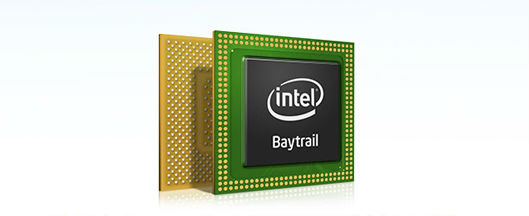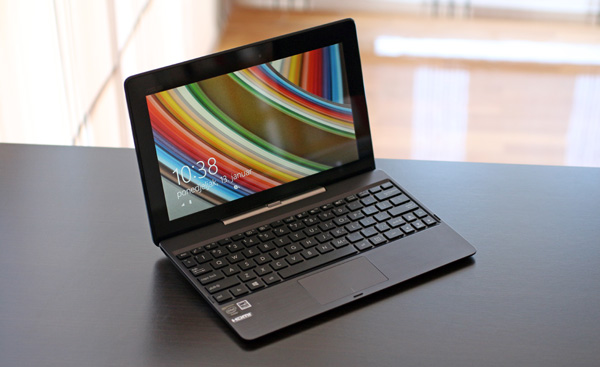Intel’s tablet push appears to be according to plan. The company shipped more than 5 million tablet parts in the first quarter of 2014 and it is on track to meet its goal of shipping 40 million units by the end of the year.
The chipmaker released its quarterly earnings on Tuesday and the encouraging numbers pushed the stock to a 52-week high in late trading. However, there is a caveat. Many tech stocks took a hammering over the last four weeks, especially new outfits focused on web-based technologies and cloud services.
Established players, chipmakers and what’s left of the old four horsemen of tech (Microsoft, Dell, Cisco, Intel) appear to be attracting smart money. At the same time smart money is ditching the likes of Netflix, Facebook, LinkedIn and other high-growth companies.
Intel tablets will end up cheaper than many expected
When Intel started talking about $99 tablets last year it raised quite a few eyebrows. Technologists quickly concluded that low-end tablets based on x86 parts can’t cost $99 without a splash of cash from Intel’s coffers. They were right. Over the past few months Intel has been working to make its tablet products more appealing to OEMs, including white-box outfits in China.
The process involved a lot of freebies for those willing to buy Bay Trail-T products, Intel offered its know-how and marketing services to interested parties and some observers believe the tablet push will cost Intel as much as $1 billion.

The practice is controversial, but Intel doesn’t see a problem. It maintains that the investment is worth it in the long run and the costly rebates in the form of contra revenue are worth it. Not this year, but what about 2015, 2016 and beyond?
As a result, Intel tablets will end up significantly cheaper than many techies expected. The average consumer does not care about subsidies, contra revenue, BOM or market share. Intel finally has a competitive tablet part and since it has plenty of money to burn, OEMs appear to be taking the bait.
Plenty of design wins in the pipeline
The push appears to be paying off. Christian Morales, Corporate VP and GM of Intel EMEA, told CNN on Wednesday that the company is on track to ship 40 million tablet parts this year. He added that Intel already has 90 tablet design wins under its belt. As many as 70 2-in-1 designs will be ready in time for the back to school shopping season later this year, said Morales.
Luckily for Intel, Windows is no longer a joke in the tablet space. Windows 8.1 is actually a pretty good match for Bay Trail-T parts and performance is smooth even on low-end designs. There is another thing to consider - tablet fatigue.

Sure, consumers still love their iPads and affordable Android tablets, but we are already seeing some signs of fatigue. As Android and iOS tablets mature, upgrade cycles are getting longer. On the other hand, Windows tablets offer support for legacy applications including plenty of x86 productivity software. Legacy support is not as relevant as it was a few years ago, but it still helps. For Android and iOS, the novelty factor is slowly wearing off.
Of course, Intel doesn’t mind Android design wins. It plans to quadruple tablet SoC shipments this year and much of the growth will come from upcoming Android devices. Bay Trail parts are overkill for virtually any Android app out there, performance should not be an issue, but at the end of the day Intel's x86 support is the real kicker, provided Redmond doesn't drop the ball. In the long run, Intel probably won't bother competing with the likes of Rockchip and Allwinner in the low-end, as it it would be difficult of not impossible to outprice them without hefty subsidies. Therefore x86 Windows tablets and mid- to high-end Androids will be Intel's playground in the long run.
Morales also talked about wearables, which are the next big thing for Intel and other chipmakers. He said Intel is continuing to work on Edison and overall he sounded quite bullish. He admitted wearable teach was still in its infancy, but then again so were tablets just a few years ago.
“We are going to see a lot of innovation in it,” said Morales.




